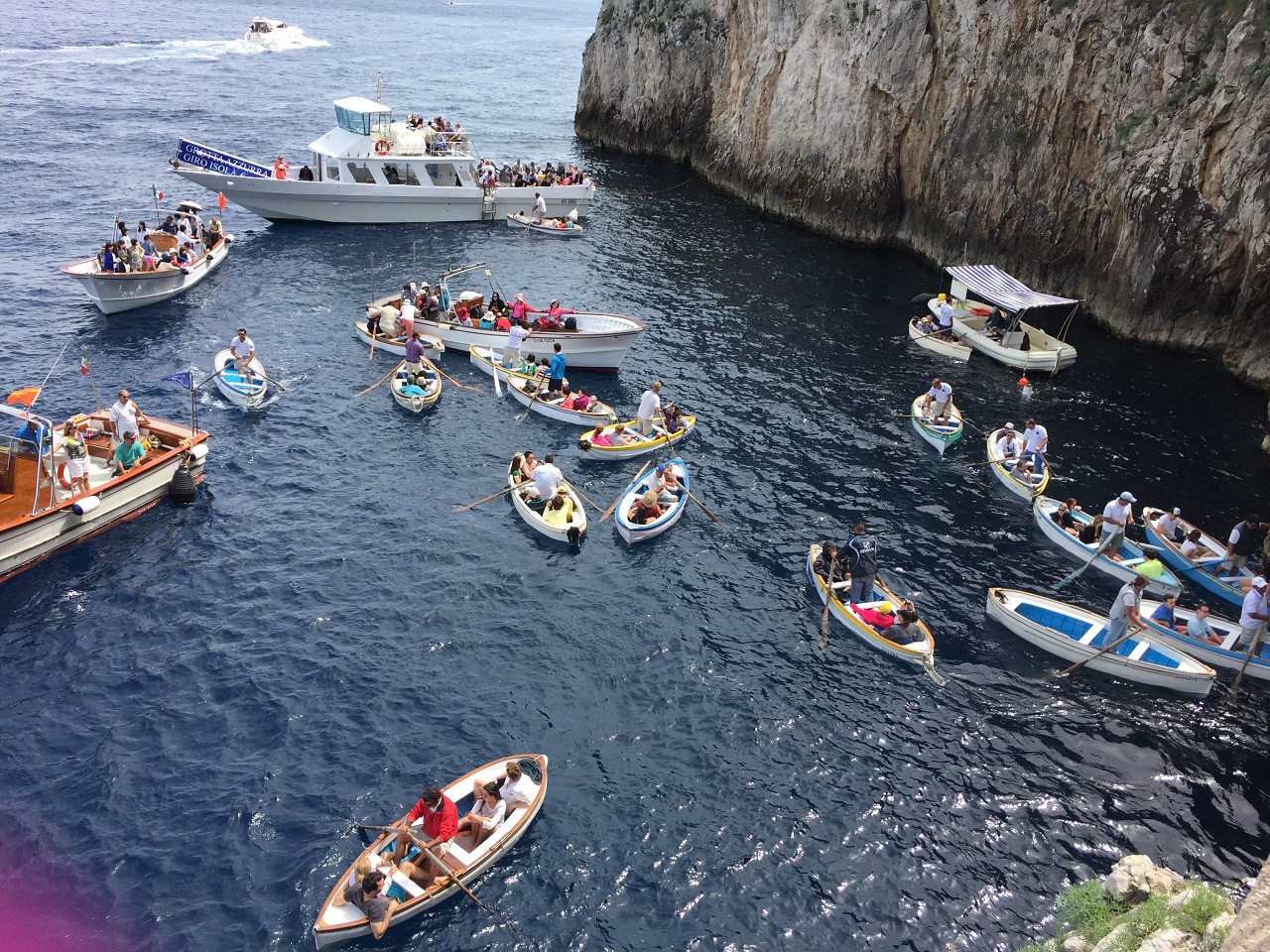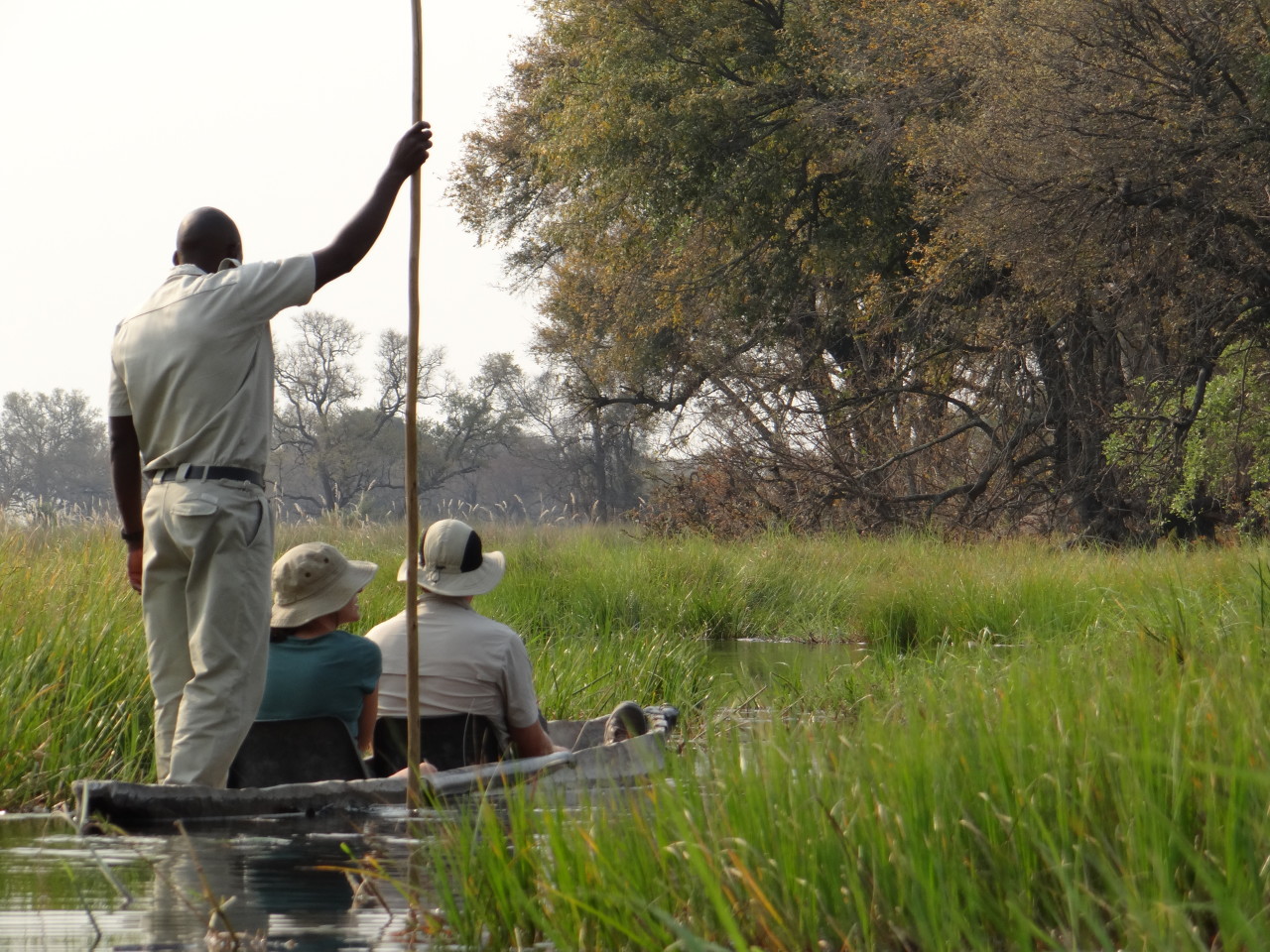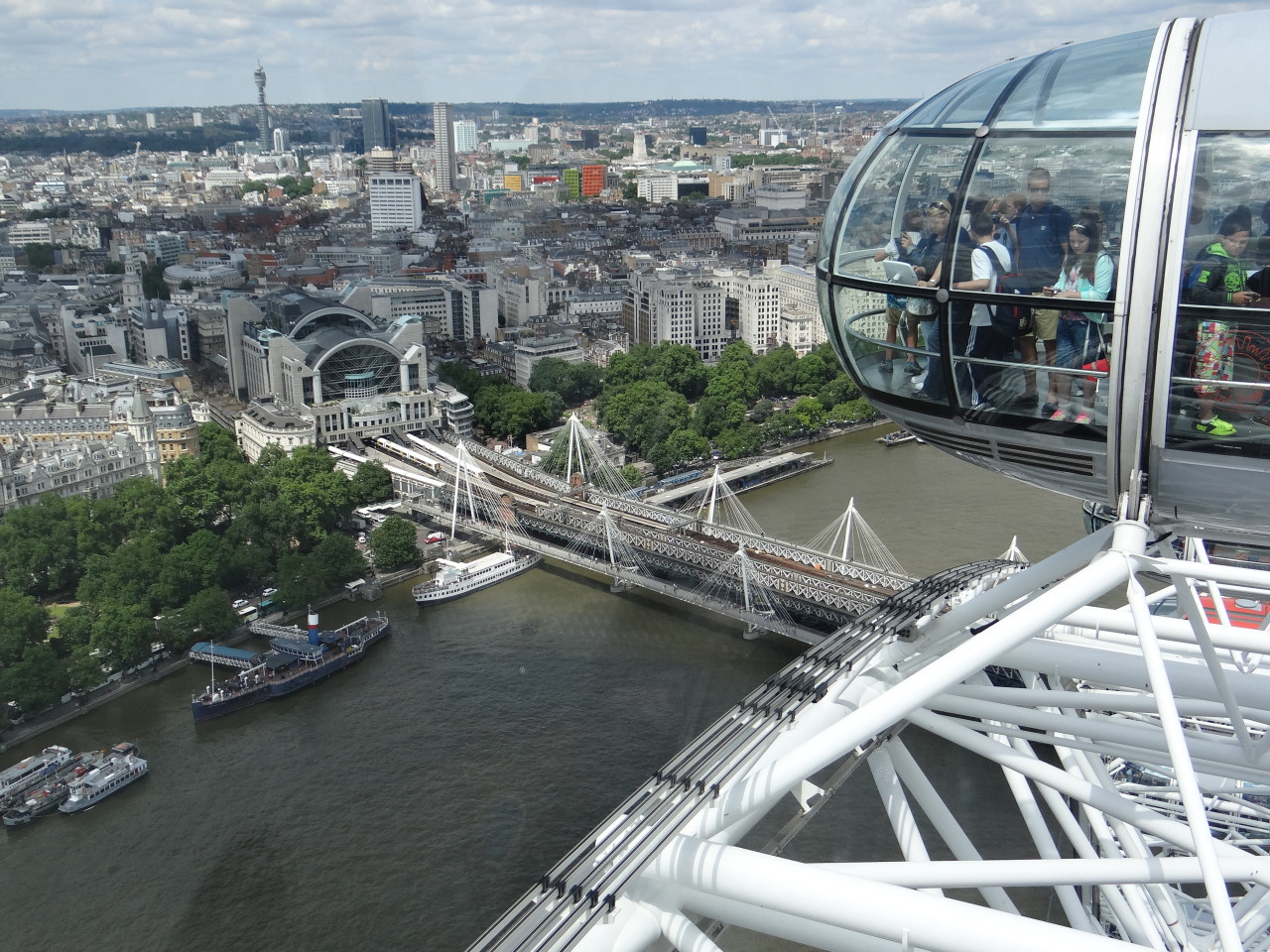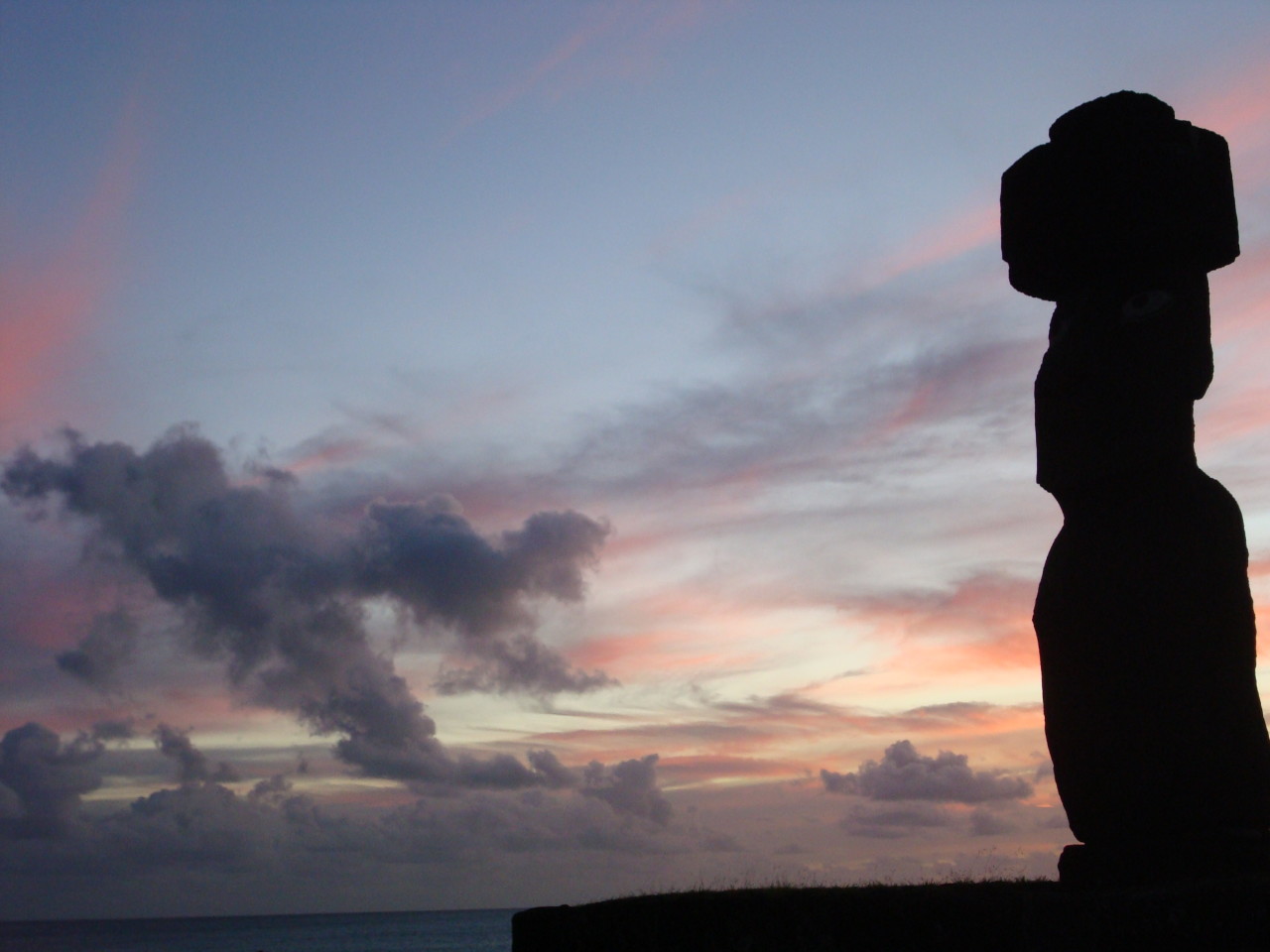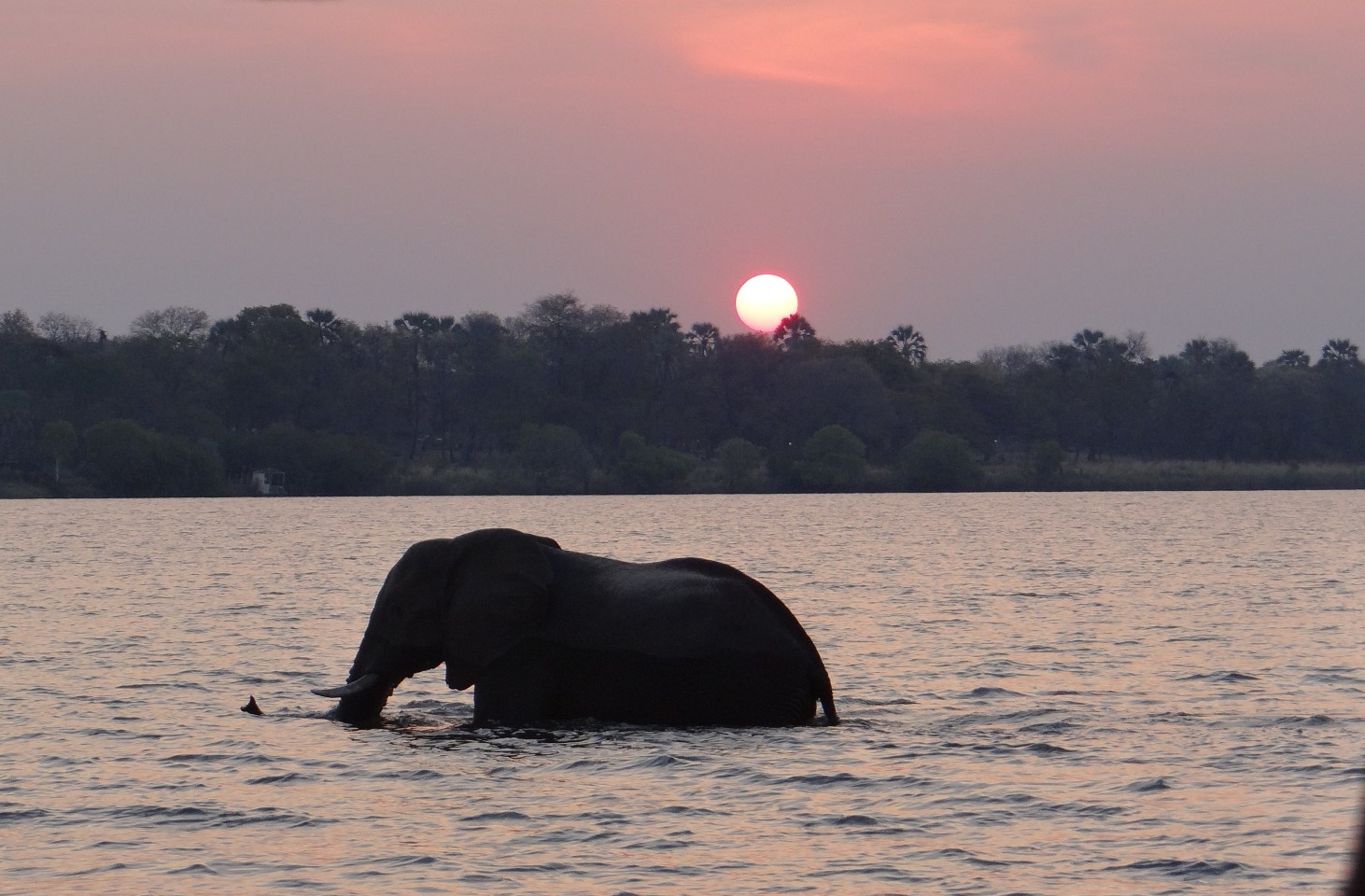Two years ago, on August 12th, 2012, World Elephant Day was launched to bring attention to the plight of the African elephants and Asian elephants. While much is publicized about the poaching of these amazing animals, there are other dark sides – treatment in captivity (as we’ve seen many videos of horrible abuse) as well as the ongoing debate about elephants in zoos. I continue to be amazed at the conservation efforts around the world to protect the elephant population (many rangers have died protecting the elephants). Yes, you’ve seen elephants in zoos and they’re cute but, in my opinion, until you see them in Africa (or Asia), you can’t understand the crazy that is going on in their world. Any light that can be shed or conversation sparked to make people think about saving the elephants is a good thing.

On my travels to Africa, I was lucky to see the elephant in it’s natural habitat – stomping forward knocking down trees (more destructive than I was aware) after eating from the trees. Flying into camp in Botswana’s Okavango Delta, I could see a few elephants roaming below, it was the first real indication that I was in Africa. It wasn’t until the walking safari when the elephant was coming toward me that I was in awe – he didn’t see us and walked past as if we belonged there too.

During my ten days, I would encounter so many elephants, they were swimming in the water, washing themselves in dirt, eating from trees, then knocking them over to say “all done, nothing left here”. I would see families of elephants, a loner elephant put out of the group and then the babies. I probably have a thousand photos of elephants (and a few videos) – each one different than the last and all special.


In South Africa, our safari jeep would a few times need to stop as we were surrounded by elephants herds. They walked around the jeep paying us no attention. At first, you freak out a bit – you could reach out and touch them that were that close but you are not allowed to stick anything out of the jeep – no cameras, no arms, no heads, etc.

Along the Garden Route, we would stop at an elephant sanctuary. The sanctuary was for elephants who lost their families, elephants exiled from herds and others who could no longer survive the wild. This was a different experience from a zoo like atmosphere. The elephants had an indoor shelter but were able to roam the grounds during the day returning at night. When the small tourist train drove out to the field where the elephants were, they acted like children running toward the wooden bar to wait for our arrival. I would realize quickly that this welcome was in anticipation of the tourists who purchased buckets of fruit to feed them. At this point, I was kicking myself for not buying the fruit bucket. Their trunks were all reaching out for fruit – one lady was scared and just kept throwing fruit, another family had their small toddler hand feed an elephant. It was a special experience.

After the feeding time, each elephant found his/her keeper and the group was assigned to an elephant. We were then introduced to our elephant and given the details of how they landed here as well as told of the work of the sanctuary. After the presentation, we then posed with our elephants who were busy eating to care about us.

I was in awe to hear the stories the rangers told of how they monitor the elephants, how they care for them and yet shudder at the organized slaughter being done all in the name of ivory. After my three safari experiences with elephants in Botswana, Zimbabwe and South Africa, I came home and didn’t think I was affected by the plight of the elephant until my first trip to a local zoo for a conference opening party. I almost cried at the elephant in it’s much too small area and the sadness that I saw in it’s face. They say “safari changes you” and it really does – if only everyone could go through this experience and understand the elephants better. I’d rather that the senseless treatment go extinct instead of these animals.

